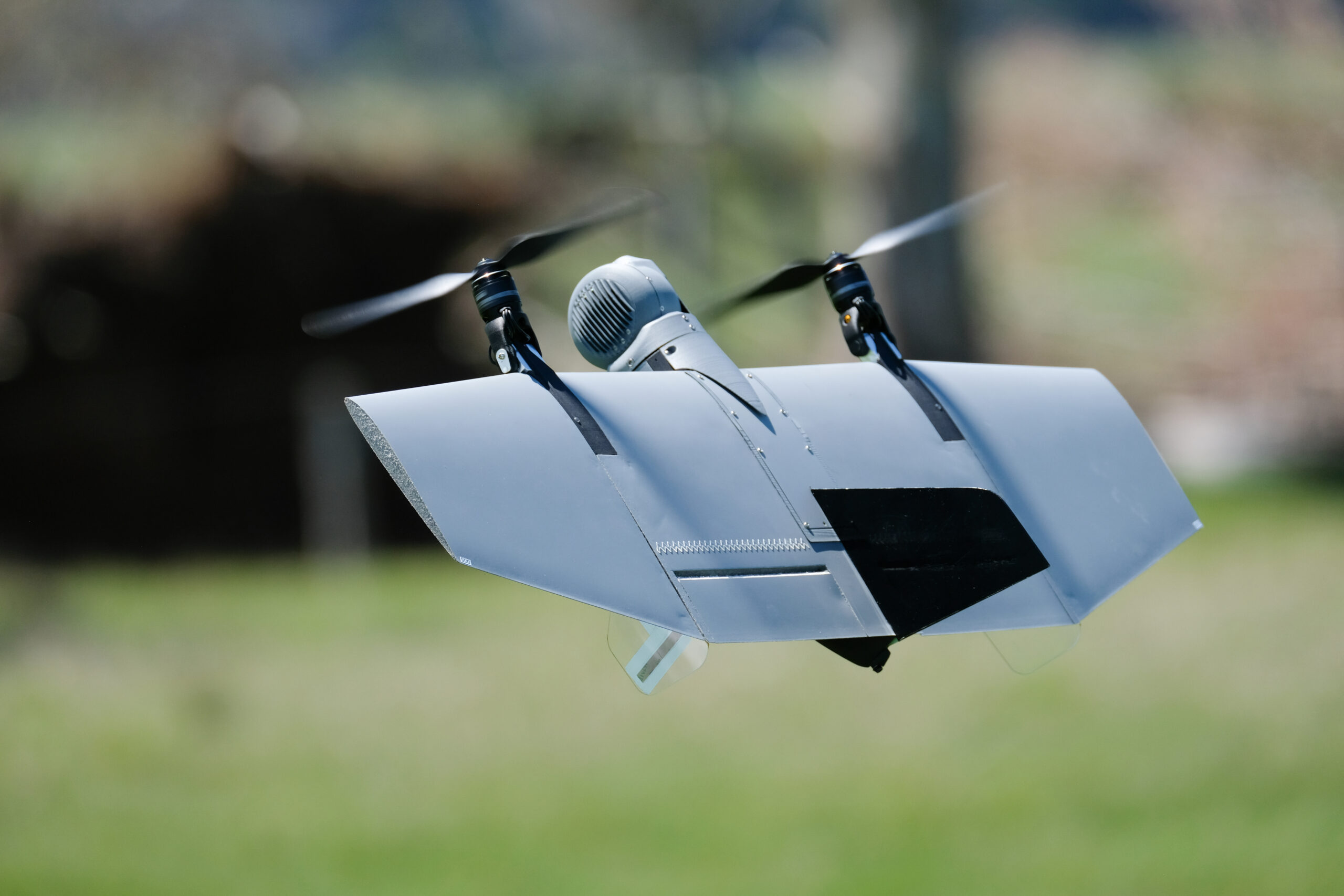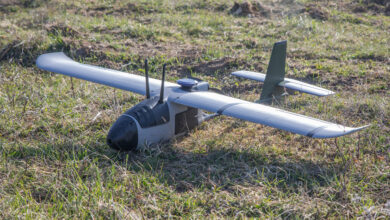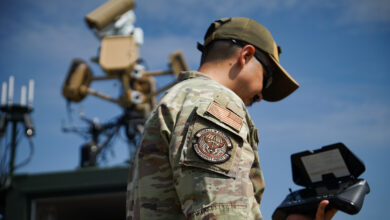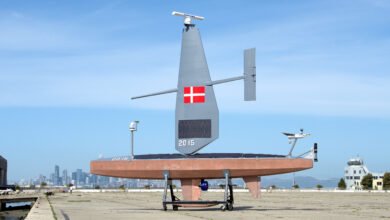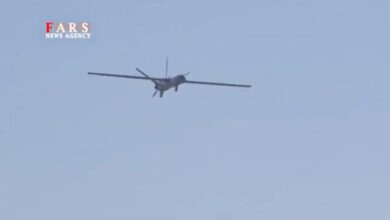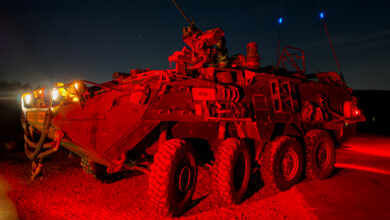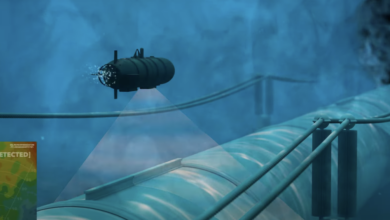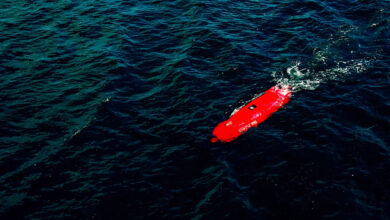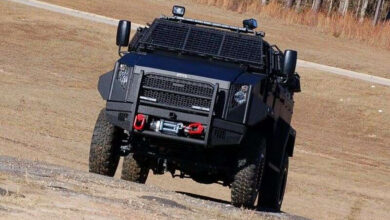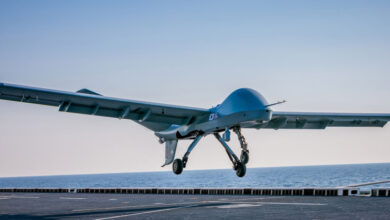Canberra has signed more than 100 million Australian dollars ($67.6 million) in contracts to procure small unmanned aerial systems (sUAS) for the army and air force.
The investment is part of a plan to expand the services’ tactical autonomous fleets to secure warfighter safety and amplify their surveillance, reconnaissance, and multiple-payload logistics capabilities in land, littoral, small marine craft, and urban operations.
The Vector/Scorpion VTOL
Among the platforms is the Vector mid-range electric vertical takeoff and landing (VTOL) fixed-wing drone developed by California-based Quantum Systems.
The vehicle has a wingspan of 2.8 meters (9.2 feet) and a weight of less than 8.5 kilograms (18.7 pounds).
It has a maximum speed of 39 knots (72.2 kilometers/44.8 miles per hour), a range of up to 180 kilometers (111.8 miles), and a flight time of up to 180 minutes.
The Vector’s “2-in-1” function allows users to reconfigure it into Quantum Systems’ Scorpion short-range helicopter vehicle.

Designed for smaller-scale missions, this system has a wingspan of 1.37 meters (4.4 feet), a weight of approximately 8 kilograms (17.6 pounds), a top speed of 29 knots (53.7 kilometers/33.3 miles per hour), and a range of 18 kilometers (11 miles).
Both Vector and Scorpion are offered with Raptor gimbaled visible/thermal sensors, a ground control system with tablet and rugged computer control devices, mission control software, and an onboard NVIDIA artificial intelligence autonomous processor.
The CorvoX ‘Cardboard’ Drone
Another system acquired was Sypaq Systems’ CorvoX VTOL, which has a wingspan of 82 centimeters (32 inches), a speed of 100 kilometers (62.1 miles) per hour, endurance of 50 minutes, and an operational range of up to 5 kilometers (3.1 miles).
CorvoX incorporates a Sony electro-optical sensor, a FLIR Boson long-wave infrared sensor, and a NATO-standard video and streaming solution.
Deliveries by 2025
Canberra wrote that the shipment of the sUAS systems will be completed next year.
The effort will add to the Australian Defence Force’s existing 20-drone fleet acquired for similar applications.
Throughout the initiative, the government will support about 30 initiatives in the cities of Brisbane and Melbourne.
“With this investment the Albanese Government will grow our defence industrial base, supply chains and create highly skilled, well-paid jobs,” Australian Defence Industry Minister Pat Conroy stated.
“The delivery of these uncrewed aerial systems…within a year of project approval, is a significant demonstration of Defence and industry’s strong partnership, and intent to enhance the speed at which we introduce capabilities in support of current and future Defence requirements.”

